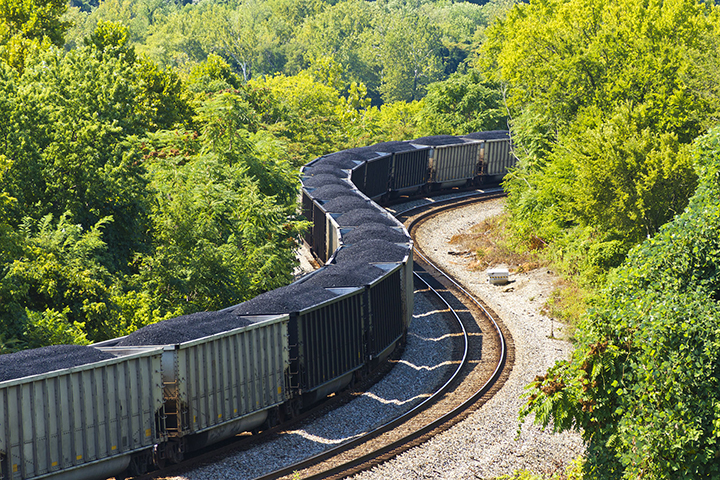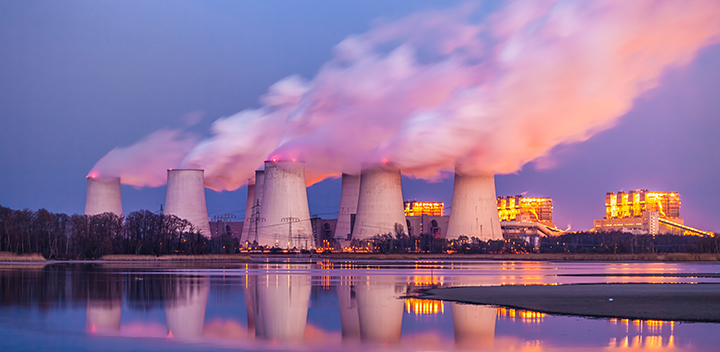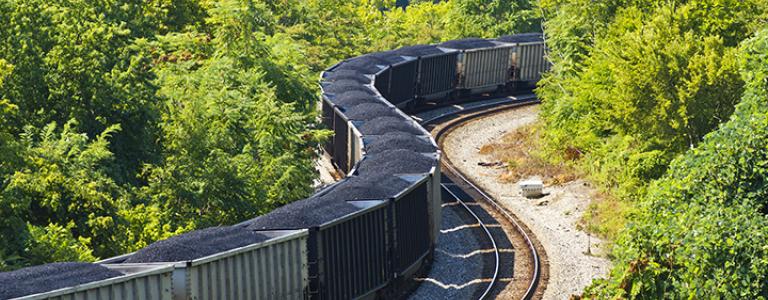Prescribing the Right Medicine for India's Troubled Coal Sector
Instead of further subsidizing struggling coal infrastructure, India can begin to reallocate limited public funds to ensure a fair transition for workers and communities.
On March 7, 2019, the Cabinet approved what has been dubbed an Rs 31,560 crore (USD 4.6 billion) “prescription pill” for the power sector in India.
This includes investments worth Rs 21,528 crore (USD 3.1 billion) cleared for two coal projects to a combined capacity of 2,640 megawatt (MW) and a slew of measures to ease the 40,000 MW of coal power that is “stressed” and awaiting a Supreme Court ruling on insolvency proceedings.

But is this the cure for the challenges facing India’s energy system—or temporary pain relief that will rapidly wear off?
Cabinet is trying to relieve stressed assets by improving coal linkages and providing flexibility to power producers when distribution companies are not paying their dues. However, several drivers behind coal power stress are only set to grow, increasing risk of future stranding.
India’s citizens have grown discontent with air pollution. A study by the Health Effects Institute finds that coal will be the single-largest source of air pollution by 2050, responsible for 1.3 million deaths per year. New emissions regulations will add to the cost of coal power, increasing future stress.
Meanwhile, competition from renewables is expected to grow as solar and wind continue to offer tariff bids at rates lower than coal power.
Water availability will also have impacts on the coal sector’s viability, particularly where it overlaps with concentrations of coal asset stranding. A joint study by the International Institute for Sustainable Development and Overseas Development Institute finds the three states with the highest degree of stressed coal capacity today—Chhattisgarh (58 per cent), Odisha (55 per cent) and Jharkhand (27 per cent)—are supplied by water basins expected to be "water-stressed" by 2050.

This isn’t a pleasant diagnosis. Uncertainty surrounding the future cost competitiveness of coal should worry decision-makers in both the public and private sector. It suggests the current intervention plan to triage assets and possible future capital infusions miss the bigger picture.
If coal becomes sufficiently costly, it is natural to assume some share of capacity can and should become stranded. The key question is not asset owners—but how any big shift might affect the estimated 1.6 million workers in the coal supply chain and their communities. Now is a golden opportunity to explore how government resources can be used—in the case of assets that cannot or should not be saved—to make sure no worker or community is left behind.
India faces concurrent structural challenges around employment and ensuring a sustainable and reliable energy supply for its people. It is becoming increasingly obvious how deeply linked these challenges are. Granted, the large number of jobs being created in the renewable energy sector is good news. At a macroeconomic level, it looks on track to more than compensate for any job losses. But the experiences of other countries show it will be just as important to ensure there is a fair deal for workers in the conventional energy sector—particularly when there is no easy way to match jobs from conventional to clean energy.
As things stand, taxpayers will foot the bill to prolong the lives of coal infrastructure projects; projects becoming increasingly financially unviable as the cost of renewables drops, air pollution legislation makes coal costlier to mine and burn, and water shortages leave power plants unable to run at capacity.

With 21 per cent of India’s coal-fired power plants already financially "stressed" and this figure set to rise, policy-makers have a choice. Instead of further subsidizing struggling coal infrastructure, India—and particularly the states of Chhattisgarh, Odisha and Jharkhand—can begin to reallocate limited public funds to ensure a fair transition for workers and communities as the country shifts to a cleaner, healthier, lower-carbon energy system.
Previous signals from government suggested a portion of funds raised through the "coal cess" would indeed be allocated to a fair transition away from coal. This has failed to materialize so far. While this may seem far from the current practice of many policy-makers in India, the signs suggest coal’s symptoms may well worsen. It is important to think early and seriously about the right remedy in light of recent trends.
This editorial first appeared on ET Energyworld on April 4, 2019.
You might also be interested in
G20 energy ministers call for cooperation on nuclear energy & low-emission hydrogen
The Group of 20 energy ministers' meeting concluded in Goa on July 22, 2023, with the final summary failing to include language on the phase-down of unabated fossil fuels.
Fighting for a place to breathe
In the shadow of a retired coal-fired power plant in India's capital, Meena Devi tries to make her family home -- four brick walls with a tin roof -- a safe place to breathe.
Subsidies for renewable energy and EVs more than double: Study
Nagpur: India’s subsidies for renewable energy and electric vehicles more than doubled this fiscal, according to a new study by independent think-tank International Institute for Sustainable Development (IISD). However, it also found that it will be critical for the government to build this momentum over the coming years to reach the country's climate targets.
EV subsidies in India doubled in FY 2022: IISD report
According to a recent study conducted by IISD (International Institute for Sustainable Development) subsidies for renewable energy and EVS in India have more than doubled in FY 2022. India still allocated four times more support to fossil fuels than clean energy, although the gap narrowed significantly since FY 2021 when support was nine times greater.
